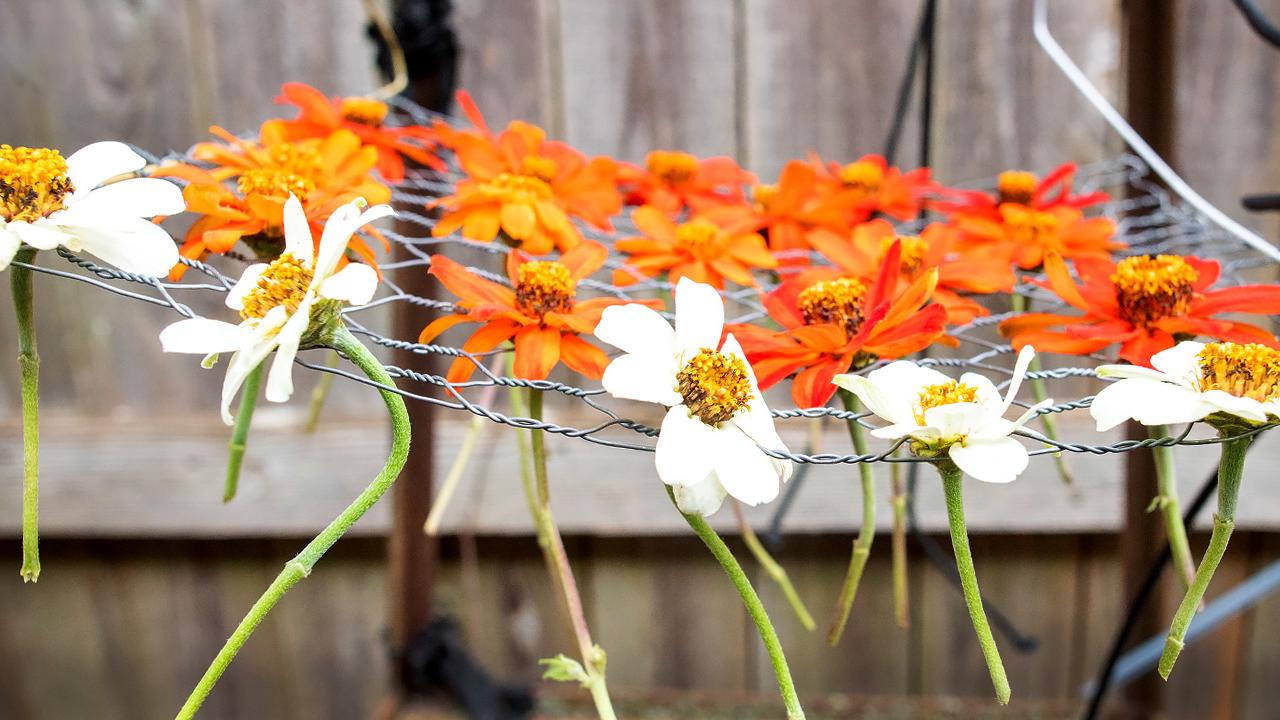Have you noticed anyone foraging mushrooms lately? Building campfires? Baking bread? In these disorienting times, there’s a growing movement to embrace such pursuits as a way to get centered, to lead a more simple, slower life.
It has been called #cottagecore, but really it is more than that. It’s a throwback to a rustic aesthetic. That could mean thrifting, DIY, or repurposing gently used items. Here at the Chicago Botanic Garden, we’re all about fuss-free pursuits—plants, nature crafts, plant-based meals...we had you at plants, right?

